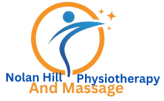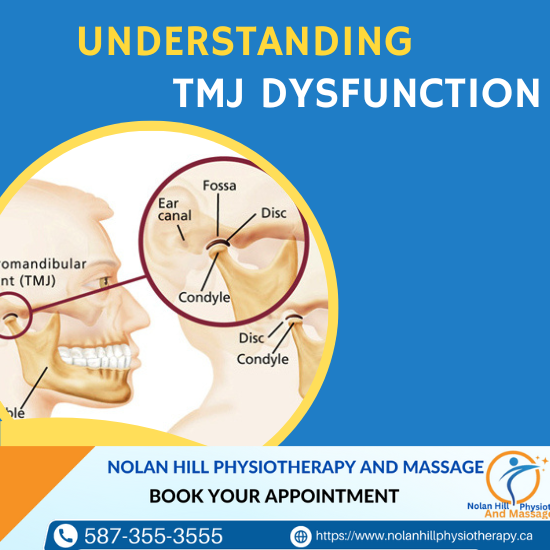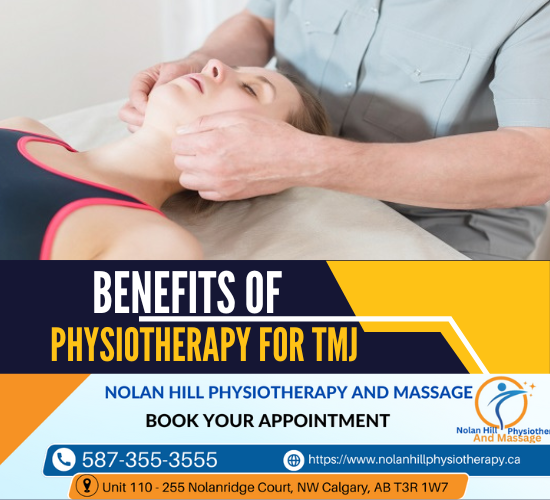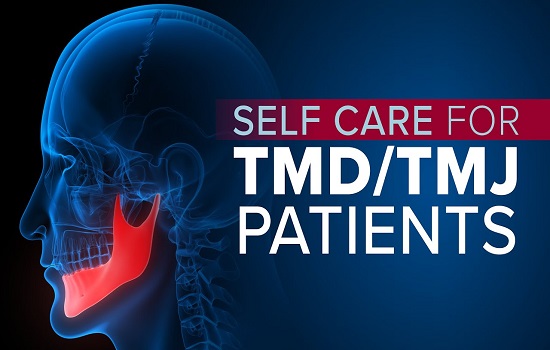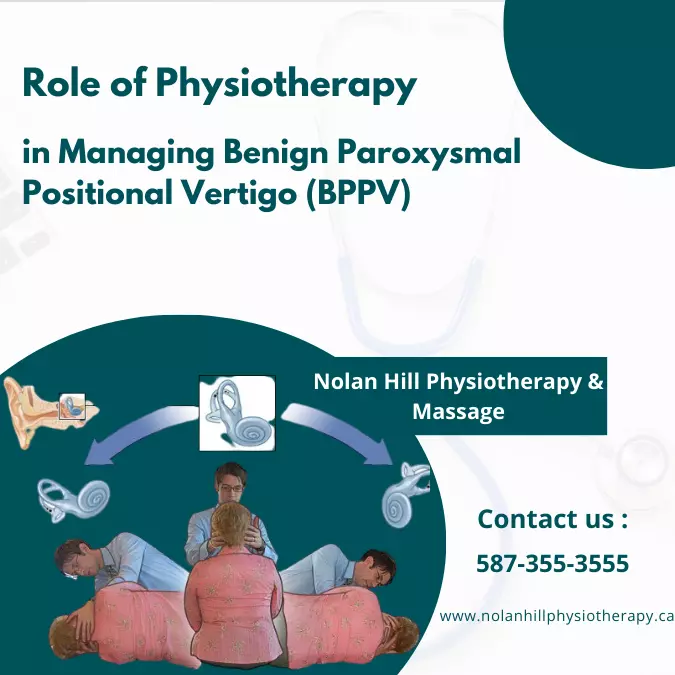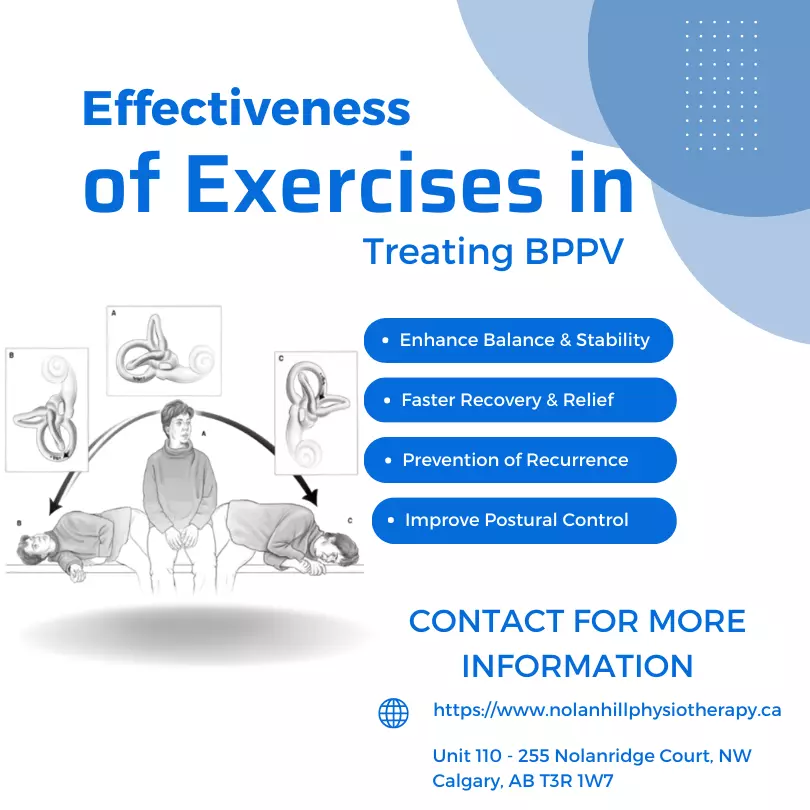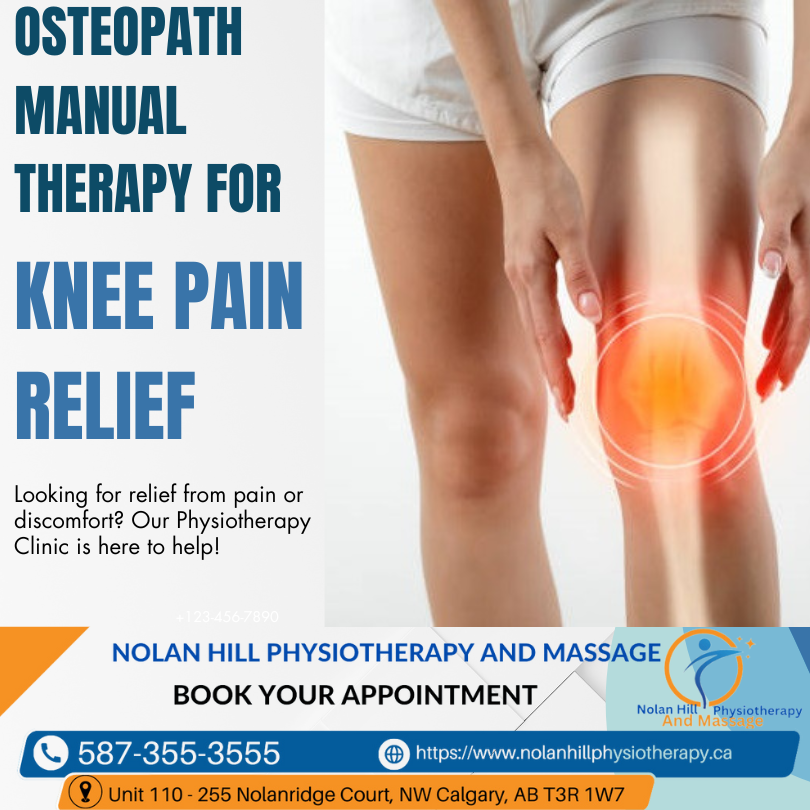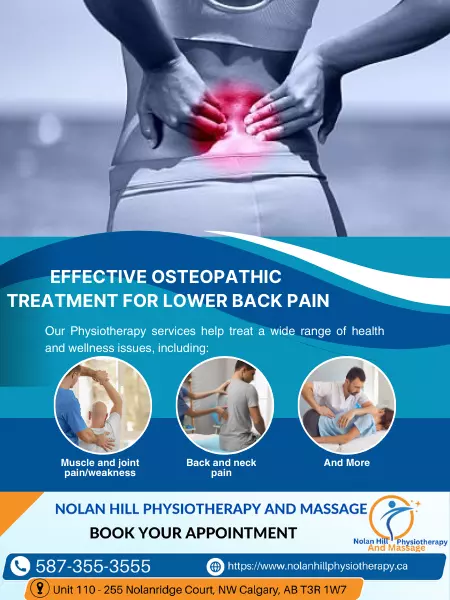Understanding Tmj Dysfunction: Explanation Of The Various Causes And Symptoms Of Tmj Dysfunction, Including Jaw Pain, Clicking, Limited Mobility, And Associated Issues.
Do you suffer from jaw pain, clicking, limited mobility, or other associated issues? If so, you may have temporomandibular joint (TMJ) dysfunction.
As the saying goes, “knowledge is power” and understanding TMJ dysfunction is key to managing it successfully. In this article we will explore the causes and symptoms of TMJ dysfunction as well as diagnosis and treatment options.
Armed with this knowledge, you can take steps towards reducing discomfort and restoring your mouth’s full range of motion. By learning how to recognize and prevent TMJ dysfunction, together we can help people achieve lasting oral health and well-being.
Overview of TMJ Dysfunction
TMJ Dysfunction can be a complex issue, with its causes and symptoms ranging from jaw pain and clicking to limited mobility and more.
You may have heard of TMJ Dysfunction before, but do you really know what it is? TMJ refers to the temporomandibular joint—the joint that connects your lower jaw to your skull. When this joint becomes inflamed due to overuse or trauma, it can cause discomfort in many ways.
Common signs of TMJ Dysfunction include pain in the jaw area, clicking sounds when opening or closing the mouth, difficulty chewing food, headaches, facial pain, and limited mobility of the jaw. Additionally, some people also experience earaches or dizziness associated with this condition.
It is important for everyone to be aware of these symptoms so they can seek medical advice if needed. With proper diagnosis and treatment plan, you can manage your condition and hopefully live a life free from TMJ Dysfunction-related suffering.
Causes of TMJ Dysfunction
You may suffer from TMJ dysfunction due to a variety of causes, such as arthritis, injury or trauma, and even stress or clenching.
Arthritis is an inflammatory condition that can cause swelling in the joints of the jaw, leading to pain and limited mobility.
Injury or trauma to the neck and jaw area can also affect your TMJ health.
Finally, stress and clenching of teeth can lead to muscle tension that affects the temporomandibular joint.
Arthritis:
Arthritis is an all-too-common culprit when it comes to causing TMJ dysfunction, so much so that it has been dubbed the ‘silent killer of jaw mobility.’ Arthritis can affect both the temporomandibular joint and the surrounding muscles, leading to pain, clicking, limited mobility, and other issues. It’s important to note that while this type of arthritis is often associated with age or genetics, TMJ arthritis can also be caused by injury or trauma.
Symptoms can include difficulty opening your mouth wide enough for normal activities like eating or brushing teeth. Additionally, you may experience pain in your jaw when chewing or speaking. To treat these symptoms successfully, it’s essential to identify the underlying cause. With prompt diagnosis and treatment from a healthcare professional specializing in TMJ disorders, many people find relief from their symptoms and regain full use of their jaws.
Injury or Trauma
Injury or trauma to the temporomandibular joint can be a hidden cause of jaw discomfort, and understanding its effects is essential for finding relief.
Injury to this area can occur from direct impact, such as sports injuries and motor vehicle accidents, or indirect trauma due to bad posture habits.
The resulting damage may manifest as pain in the jaw area, clicking and popping sounds when opening and closing the mouth, limited range of motion while talking or eating, headaches that originate near the temples, earaches without infection present, facial swelling or tenderness in front of ears.
Proper diagnosis by a qualified healthcare professional is key to successful treatment.
Seeking help early will allow you to avoid chronic issues associated with ongoing TMJ dysfunction.
With proper care and attention, it’s possible to get back on track quickly so you can continue living life with ease.
Stress or Clenching
Stress and clenching can cause serious discomfort in the jaw, with ‘grinding’ of the teeth often being a telltale sign. This is because when you clench your jaw or teeth due to stress, the muscles that control your jaw’s movement become tense and overworked. Over time, this tension can lead to pain in your joints, as well as limited mobility.
If left unchecked, it could also result in headaches and face/neck aches from the strain of clenching. To prevent further damage, it’s important to recognize when you’re feeling stressed so you can consciously relax your jaw and avoid clenching. To do this, try some relaxation techniques like deep breathing or mindfulness meditation.
It’s also important to seek professional help if needed – physical therapists or dentists can provide helpful treatments for TMJ dysfunction caused by stress or clenching.
Symptoms of TMJ Dysfunction
Common symptoms of TMJ dysfunction include jaw pain, clicking or popping when opening the mouth, limited mobility or locking of the jaw joint, and headaches.
You may also experience facial swelling, difficulty chewing, ear pain/ringing/fullness, and neck and shoulder pain.
Additionally, your bite may feel off-balance or you may have a feeling of tightness in your jaw muscles.
Other common symptoms can be sensitivity to sounds like crunching and grinding noises when eating.
It’s important to note that many people with TMJ dysfunction don’t necessarily show physical signs; however, they can still have chronic muscle tension in their face and neck regions, which can cause discomfort.
It’s best to seek medical advice if you’re experiencing any of these symptoms so that an accurate diagnosis can be made and appropriate treatment provided for relief.
Diagnosis of TMJ Dysfunction
Diagnosing TMJ dysfunction can be tricky, as about 75% of people with these symptoms don’t have a definite diagnosis. It’s important to work with a medical provider who has experience in dealing with temporomandibular joint disorders.
A thorough examination should include an evaluation of range-of-motion and palpation for tenderness or pain. The practitioner may also order X-rays, MRI scans, and CT scans to better understand the structure of the jaw joints and muscles. In some cases, blood tests may be used to rule out other conditions like arthritis or infection.
Treatment plans will depend on the severity of the symptoms. Mild cases may respond well to lifestyle changes such as stress reduction. More severe cases may require physical therapy or even surgery. With an accurate diagnosis and effective treatment plan, many people can find relief from their TMJ problems.
Treatment Options for TMJ Dysfunction
You have several options to treat TMJ dysfunction, including medication, physical therapy, and surgery.
Medication may include muscle relaxants, anti-inflammatories, or pain relievers to help alleviate symptoms.
Physical therapy focuses on stretching and strengthening the jaw muscles to reduce discomfort and improve mobility.
Surgery is typically a last resort when all other treatments have failed; it involves realigning the jaw joint or cutting damaged tissue.
Medication
Medication is often used to help alleviate the symptoms of TMJ dysfunction, such as jaw pain and limited mobility. Non-steroidal anti-inflammatory drugs (NSAIDs) are commonly prescribed for the swelling and inflammation that can accompany TMJ problems. Muscle relaxants may also be used to reduce muscle spasms in the jaw area. Tricyclic antidepressants have been found to be effective in treating chronic pain, including that associated with TMJ dysfunction. In addition, anticonvulsant medications may be recommended by a physician in order to reduce nerve-related pain or discomfort from TMJ problems.
It is important to work with your doctor to determine which medication might best serve your needs while minimizing side effects. Taking care of your body through nutrition and exercise can also go a long way towards managing symptoms of TMJ dysfunction.
Physical Therapy
In addition to medication, physical therapy is another option for treating TMJ dysfunction. Physical therapy focuses on gently stretching and strengthening the muscles around your jaw. Through a combination of exercises, massage, and other treatments, physical therapists can help reduce pain and improve range of motion in the jaw joint.
Your therapist may also give you instructions on how to care for your jaw at home with heat or cold compresses and relaxation techniques. By addressing the underlying causes of TMJ dysfunction through physical therapy, it’s possible to reduce symptoms like clicking, limited mobility, and chronic jaw pain over time.
Surgery
If your jaw pain and limited mobility are proving to be an insurmountable obstacle, surgery may be necessary to reduce your TMJ dysfunction. Surgery is often the last resort for treating TMJ issues; however, it can help correct physical causes such as misaligned or damaged joints.
Depending on the severity of the issue, procedures may include arthroscopy — a minimally invasive procedure — or open-joint surgery. The type of procedure you need will depend on both the severity of the condition and its cause. A surgeon will evaluate your individual situation and provide advice about which treatment option is best for you.
Additionally, dentists or orthodontists can also offer professional guidance regarding whether or not surgery is a viable option for reducing symptoms related to TMJ dysfunction. Ultimately, only an experienced medical practitioner can assess if a surgical approach is right for you.
Long-Term Management of TMJ Dysfunction
You need to take a proactive approach to long-term management of TMJ dysfunction, as it can have serious and lasting effects if left untreated.
To begin, you should be aware of the lifestyle modifications that may help reduce symptoms. Eating soft foods, avoiding hard or chewy foods, and abstaining from teeth grinding are important steps in managing TMJ dysfunction.
Additionally, physical therapy exercises may be prescribed to help improve joint mobility and strengthen the muscles around the jaw joint. Massage therapy can also be used to relax tense muscles in the neck and face area.
Finally, it’s essential to practice good posture when sitting and standing so as not to strain your jaw muscles too much.
By following these tips, you can help manage your TMJ disorder over time while reducing pain and discomfort associated with it.
Prevention of TMJ Dysfunction
Protecting your jaw from strain and discomfort starts with proactively preventing TMJ dysfunction. A great way to do this is by avoiding activities that could put excessive stress on the jaw, such as biting fingernails, chewing gum, or grinding teeth.
Additionally, adjusting your posture while sitting or sleeping can help reduce pressure on the joints in your jaw and eliminate pain associated with TMJ dysfunction. Practicing relaxation techniques like yoga or meditation may also help reduce tension in the facial muscles that contribute to TMJ pain.
If you’re unsure of how to adjust your posture or practice relaxation techniques correctly, it’s best to consult a medical professional for guidance.
With proper prevention methods, you can avoid the long-term effects of TMJ dysfunction and keep your jaw healthy and comfortable.
